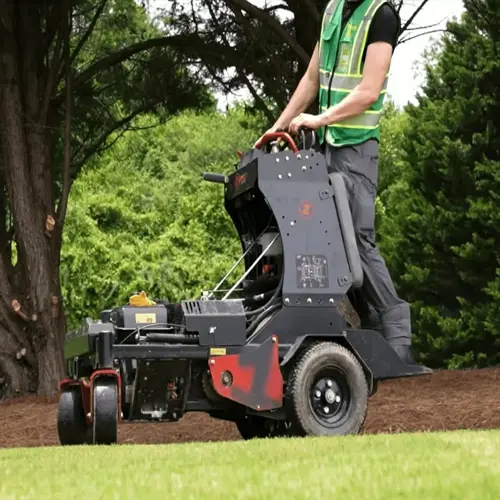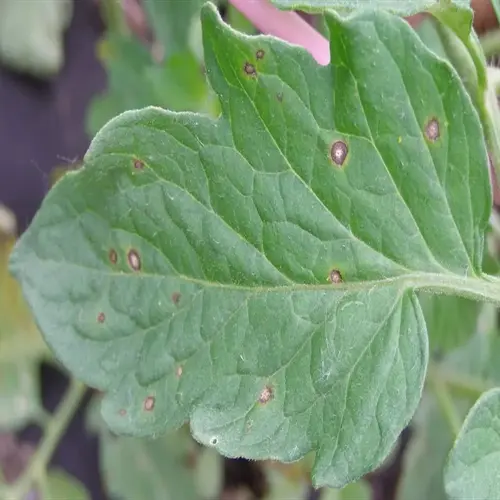Can hydrangeas recover after winter dieback?

Written by
Liu Xiaohui
Reviewed by
Prof. Samuel Fitzgerald, Ph.D.Hydrangeas often bounce back from winter dieback after some severe cold damage. After the buds have been destroyed, most varieties will regenerate from their roots. However, even some of the old wood types may bloom less. I have seen plants recover after -20°F winters when properly cared for in the spring.
Spring Damage Assessment
- Scratch test: Check for green cambium under bark
- Bud inspection: Look for swelling at leaf nodes
- Timing: Wait until soil warms to 50°F
Recovery Care Techniques
- Pruning: Remove dead wood above first live bud
- Watering: Deep soak twice weekly initially
- Fertilization: Balanced 10-10-10 formula after new growth
Long-Term Rehabilitation
- Mulching: Maintain 3 inch organic layer
- Protection: Install wind barriers next winter
- Patience: Full recovery takes 1-2 seasons
Properly assess damage to determine if action is needed in early spring. Use the scratch test to check for live wood. Scratch the bark lightly. If there is green tissue, it has a chance to recover. I wait until mid-May in zone 5 because it's common that some plants will sprout a little later.
Prune damaged growth accurately to encourage healing. Cut back dead stems to the first green bud you see. Make clean, angled cuts just over the growth point. I sterilize pruners between plants to prevent the spread of diseases.
Encourage recovery through a well-balanced diet and continual moisture. Use half-strength fertilizer once new growth presents itself. During the first recovery summer, provide deep watering twice weekly. My damaged hydrangeas grew double with this recovery regimen.
Avoid potential dieback by enhancing winter protections. Before the next winter season, add additional mulch and wind protection. When I see recovery challenges, I wrap unprotected varieties. Your future-minded efforts will promote long-term health for plants.
Recognize the difference in recovery capabilities. New wood bloomers tend to recover faster than old wood types. My Annabelle hydrangea completely recovered in one season, while the Bigleafs took two years to recover. With a little patience, beauty will be restored.
Read the full article: Essential Hydrangea Winter Care Guide

